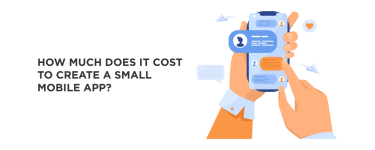How to Create an App Like Uber
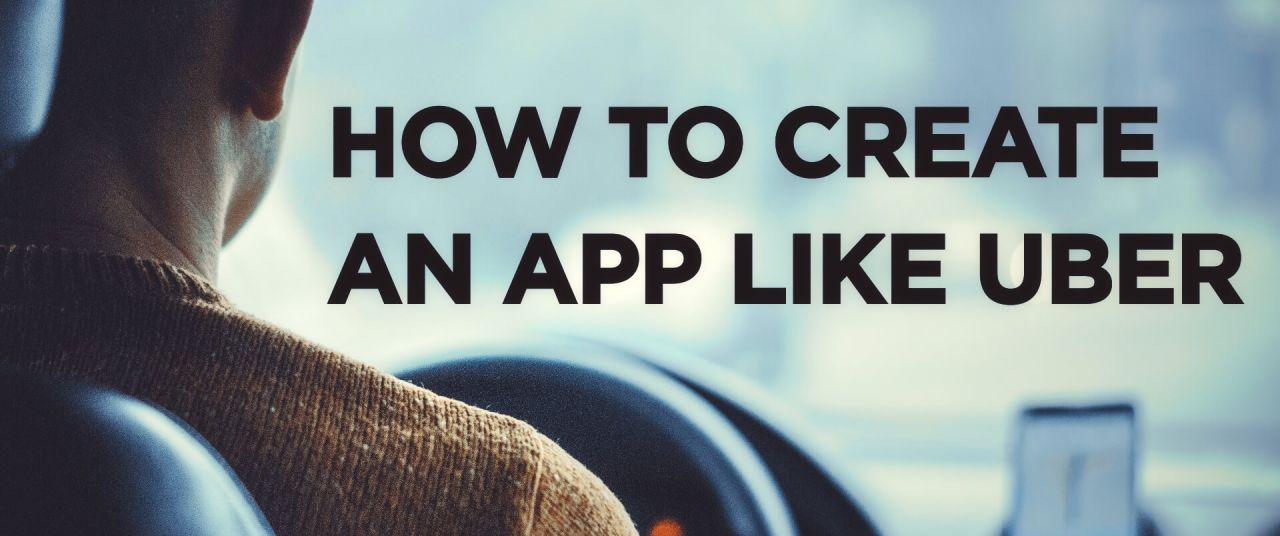
How does Uber work?
Service description
Uber was created as an app for quick and easy ordering of a taxi service, changing the way people get from one point to another. Uber offers jobs to freelance drivers. The service is, on average, 30% cheaper than a regular taxi. The company now also specializes in logistics and on-demand food delivery, partnering with businesses and healthcare organizations. However, the business model is unusual because Uber does not own cars or directly employ drivers – it hires freelancers with their cars. So, essentially, Uber is a mediator between clients and drivers.
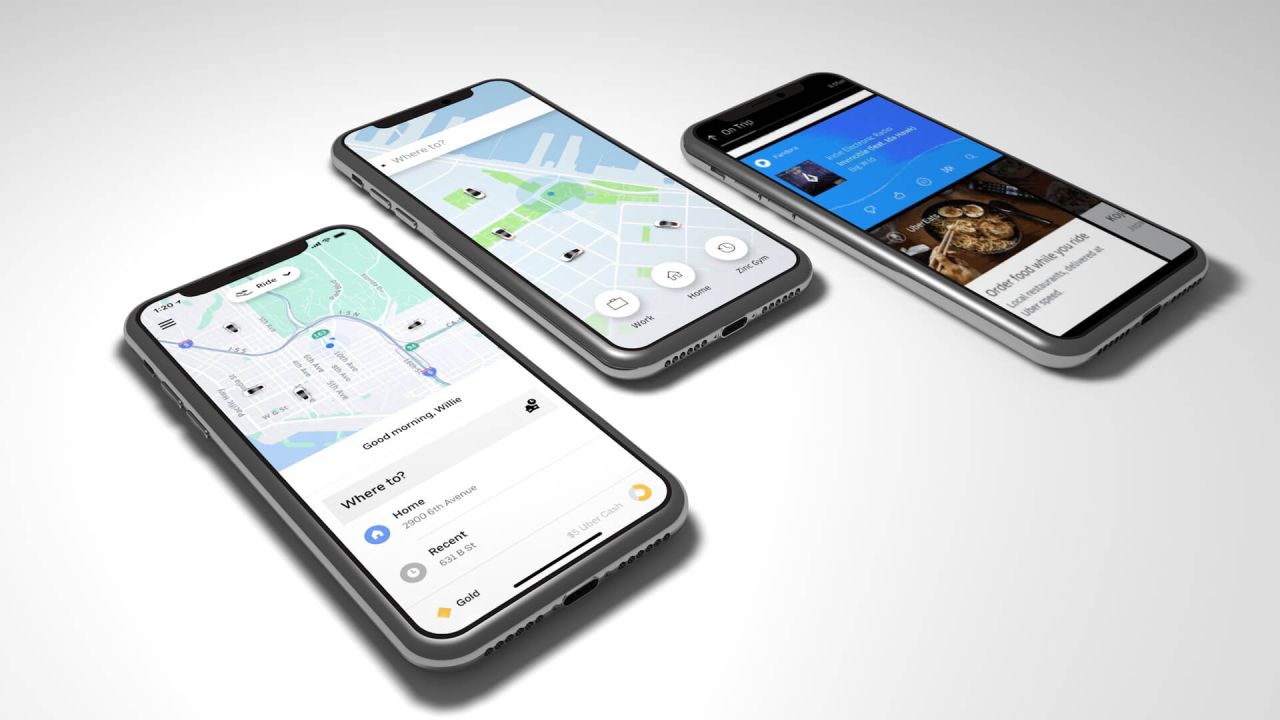
- Setting up an account
- Indicating a pickup location and destination
- Waiting for a driver
- Checking trip details
- Entering the vehicle
- Paying for the trip
- Rating the trip
As stated previously, Uber works with contractors. So, besides the customer app, there is also a need for a driver app. Some features are the same as in the customer app. Drivers can see pickup/drop-off locations and customers’ phone numbers. They also have an embedded navigation system.
Revenue streams
The way your app will earn money is a crucial question. The earlier you decide, the better the result will be after launch. Although your revenue streams may differ from those of Uber, you should take Uber’s into account. Uber combines several components of income:
- Base fee
- Cost per minute
- Cost per mile
- Booking fare
- Commission from drivers
- Trip cancellation fee
- Surge pricing
What also matters is the service level. Uber offers options to meet all needs and group sizes: UberX, UberBlack, UberSUV, UberXL, and UberPOOL. The cost of a ride in a luxury car with extra space differs from a private ride in an ordinary sedan, but it is still lower than regular taxis.
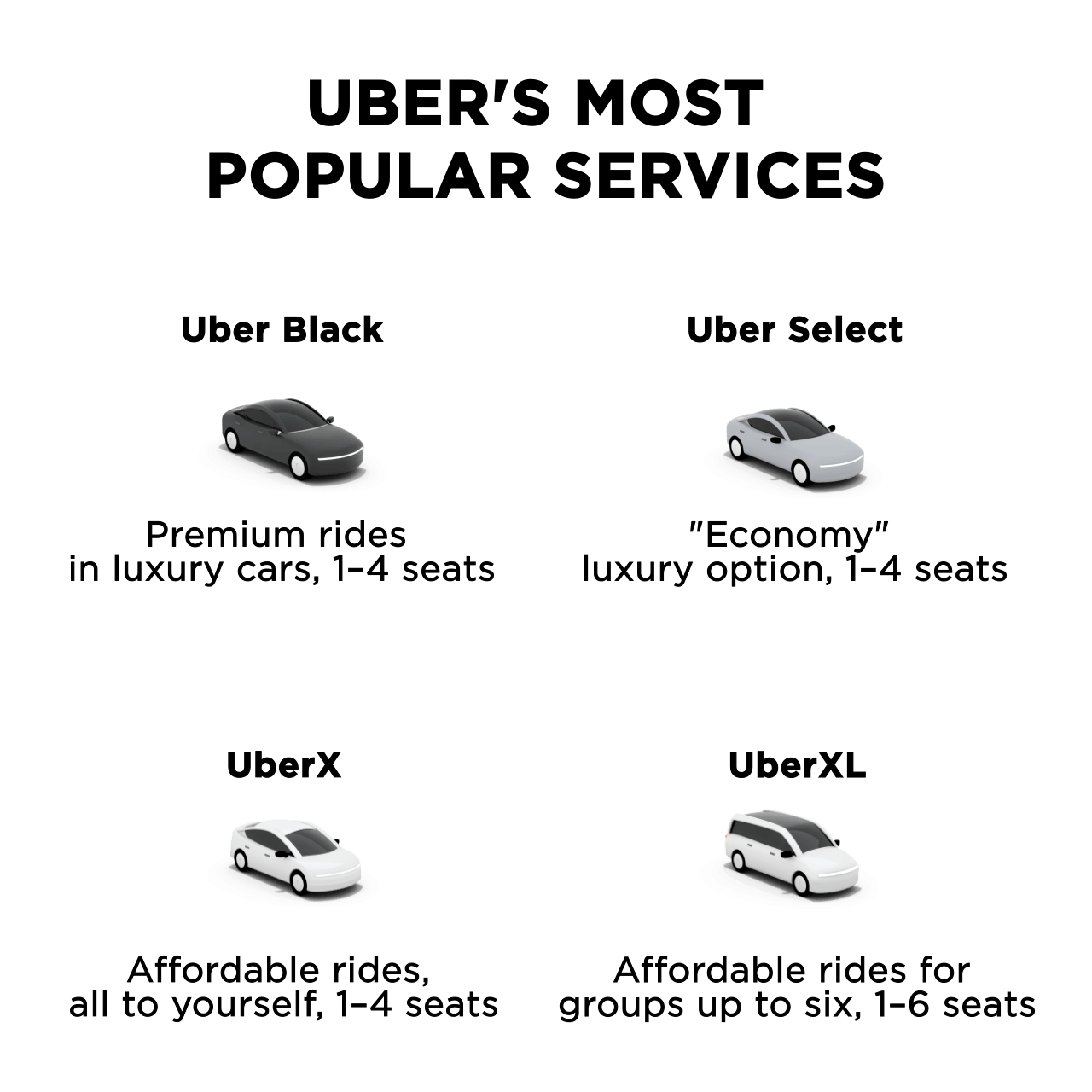
How to create an app like Uber

- Find competitors’ essential features for an Uber-like app and find the things that can be improved. However, creating a unique product is not effective until you find a free market. You should find a place where such a solution becomes monopolistic.
- Write a detailed description of the app’s functionality, build its architecture, and decide what tech stack to use.
- Make a full prototype of the app. Visualize the screens. Add some functionality.
- Divide the development process into small parts. Set the deadlines for each part. Consider the priority of each task.
- Let your specialists work on functionality, design, user experience, and content. Test your app on all possible devices.
- Check your app in the real environment. Launch it in app markets.
Functionality
Customer app features
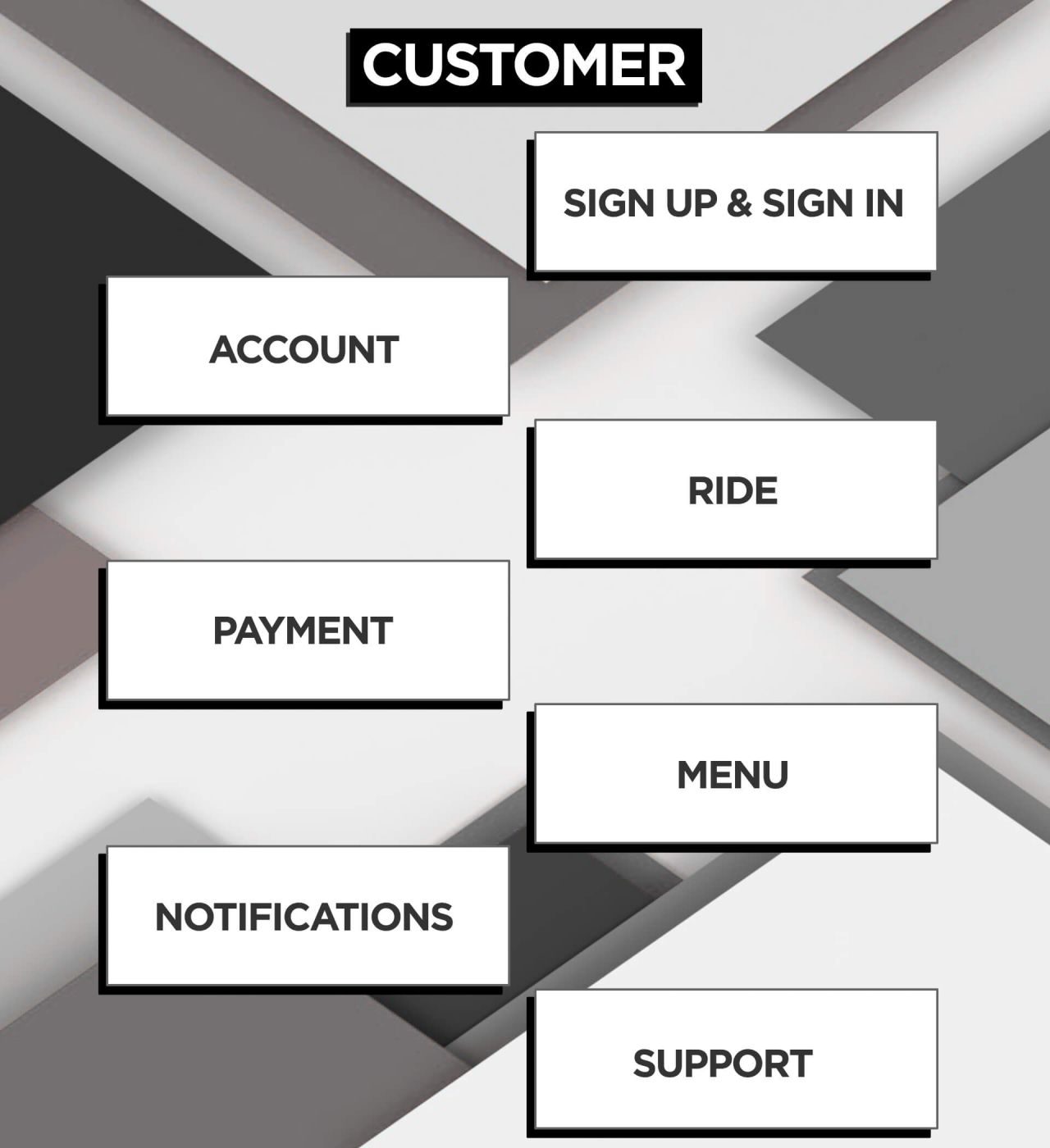
- Fast registration and verification, sign-up options via email, Facebook, Twitter or other social networks.
- Editing the account, adding a profile photo, adding addresses.
- See current location, add a destination, generate a route, count the cost, see ride details, rate the ride.
- Add credit cards, apply promo codes.
- Rides history, settings, support, information about the app.
- Route time estimation, request status, driver arrival time, car details.
- Every possible question in the form of FAQs, chat with the customer support manager.
Driver app features
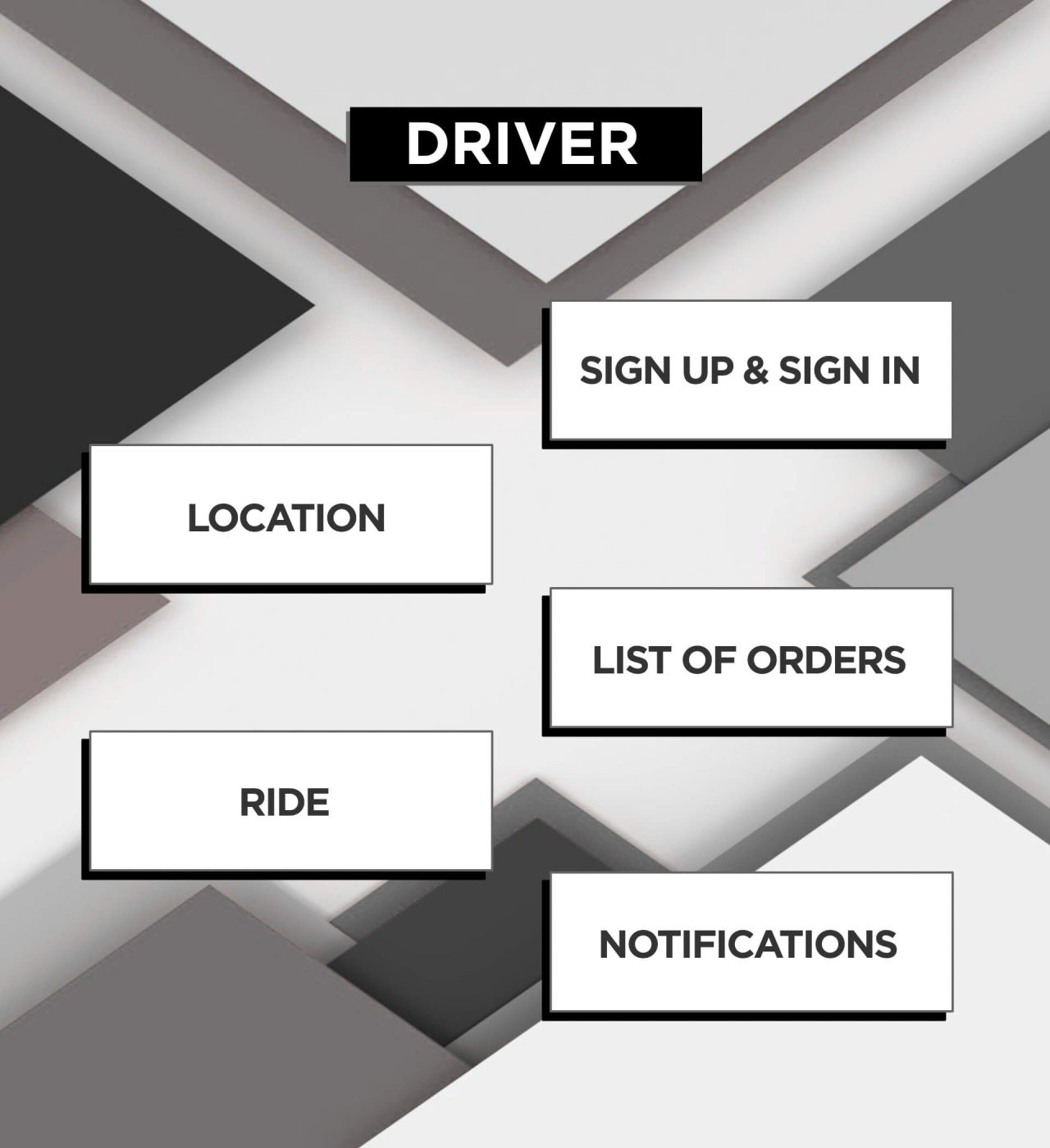
- Quick sign-up, reliable verification and background check, profile editing, active/inactive option.
- Real-time car movement tracking, building routes automatically, route optimization, heat maps.
- Accept/deny incoming orders, see pick-up locations and destinations, view clients’ phone numbers, forward dispatch.
- Navigation, automatic route building, choosing optimal route, ride history.
- Alerts, ride locations, waiting time, payments, trip changes, route completion.
Admin panel features
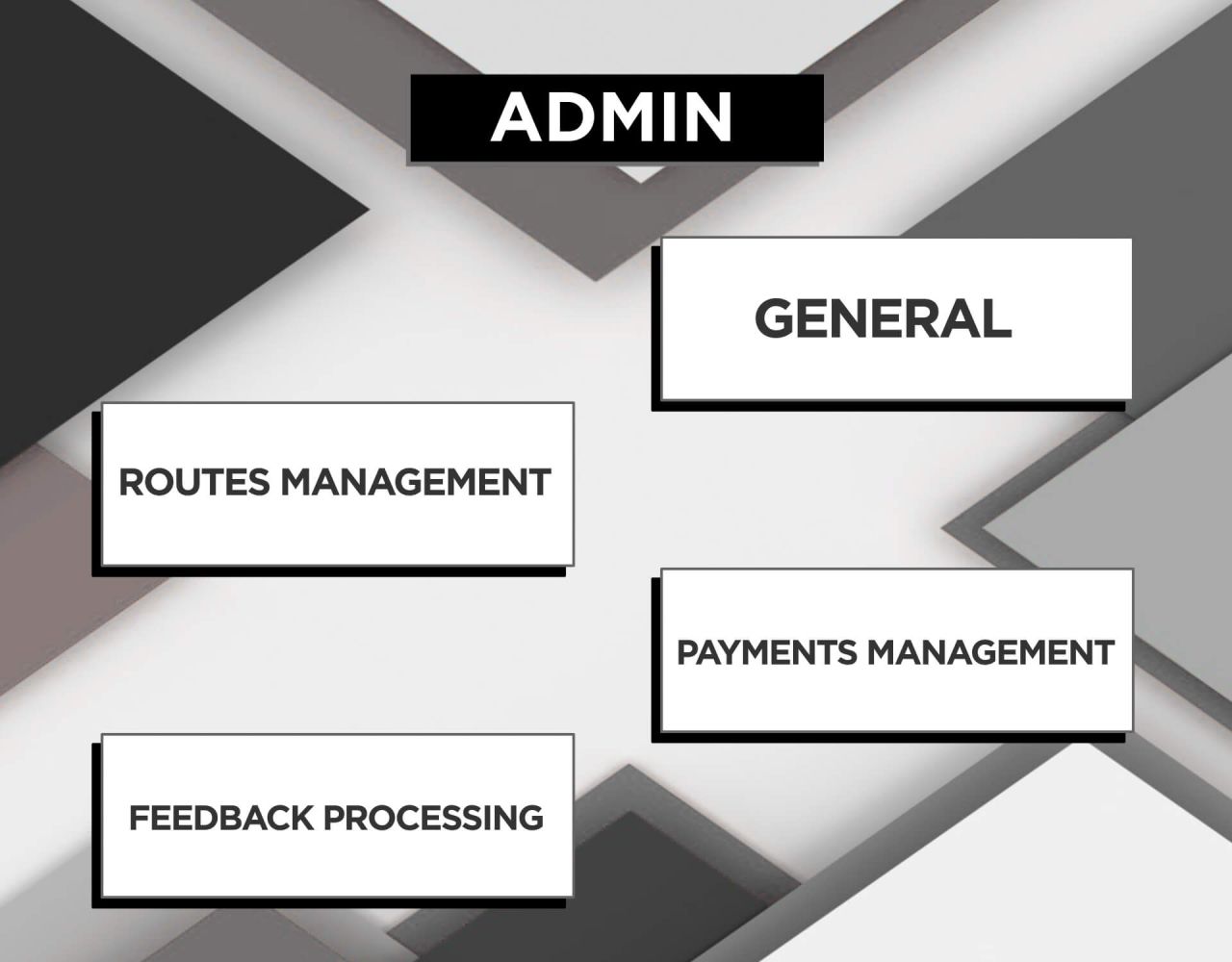
- Accounts management, content management, request management, current rides management, notifications management, block/unblock users
- Automatic route-building control, heat maps management.
- Monitoring the automatic payment system, resolving conflicts and errors, managing discounts and promotions.
- View feedback, check ratings and reviews, complaints management.
Tech stack to build an Uber-like app
Back end
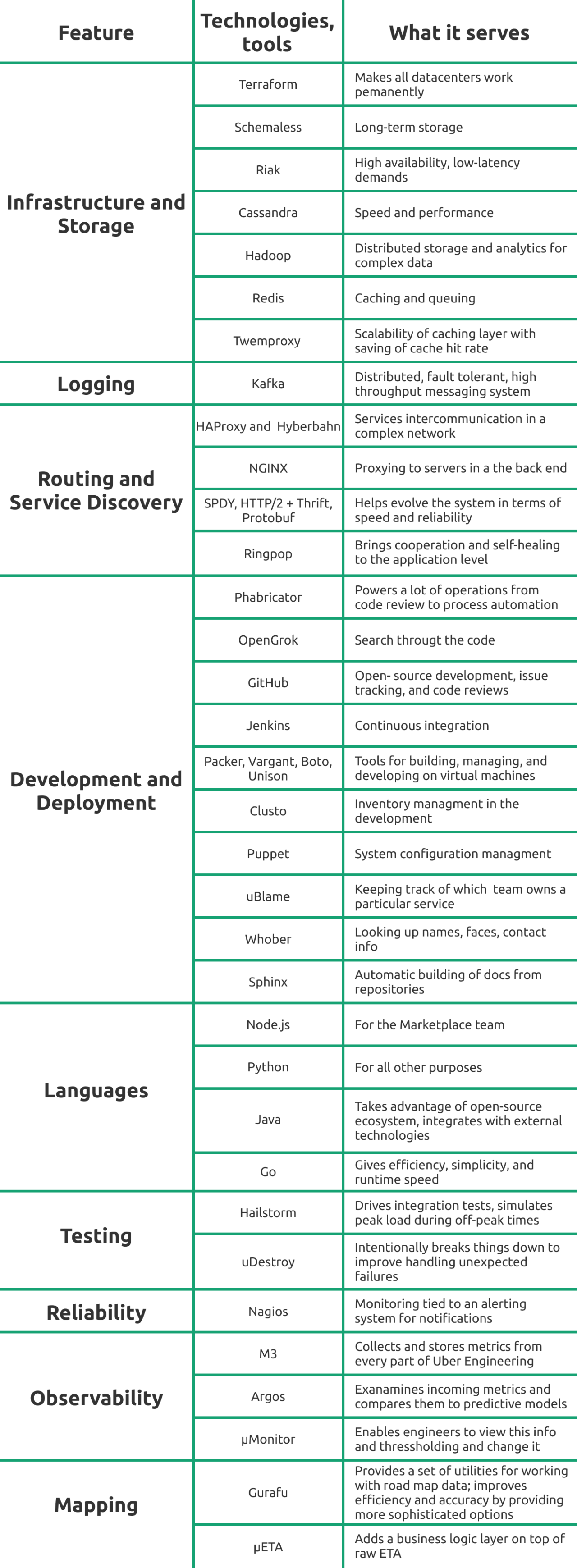
iOS
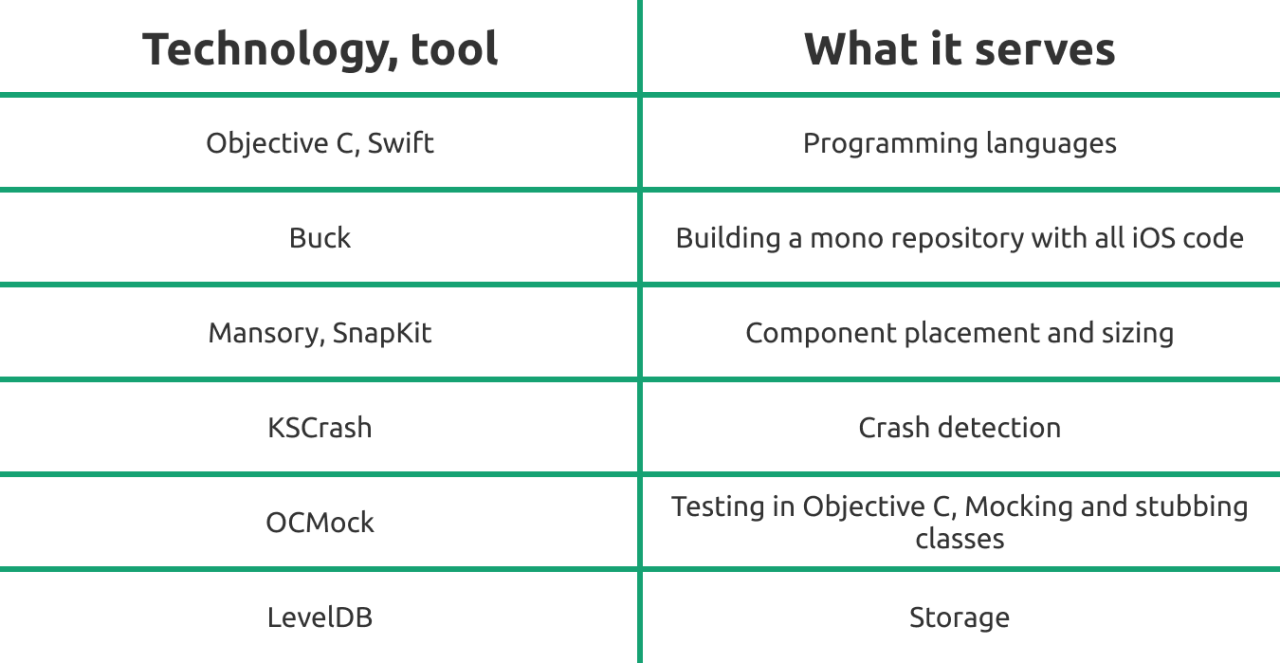
Android
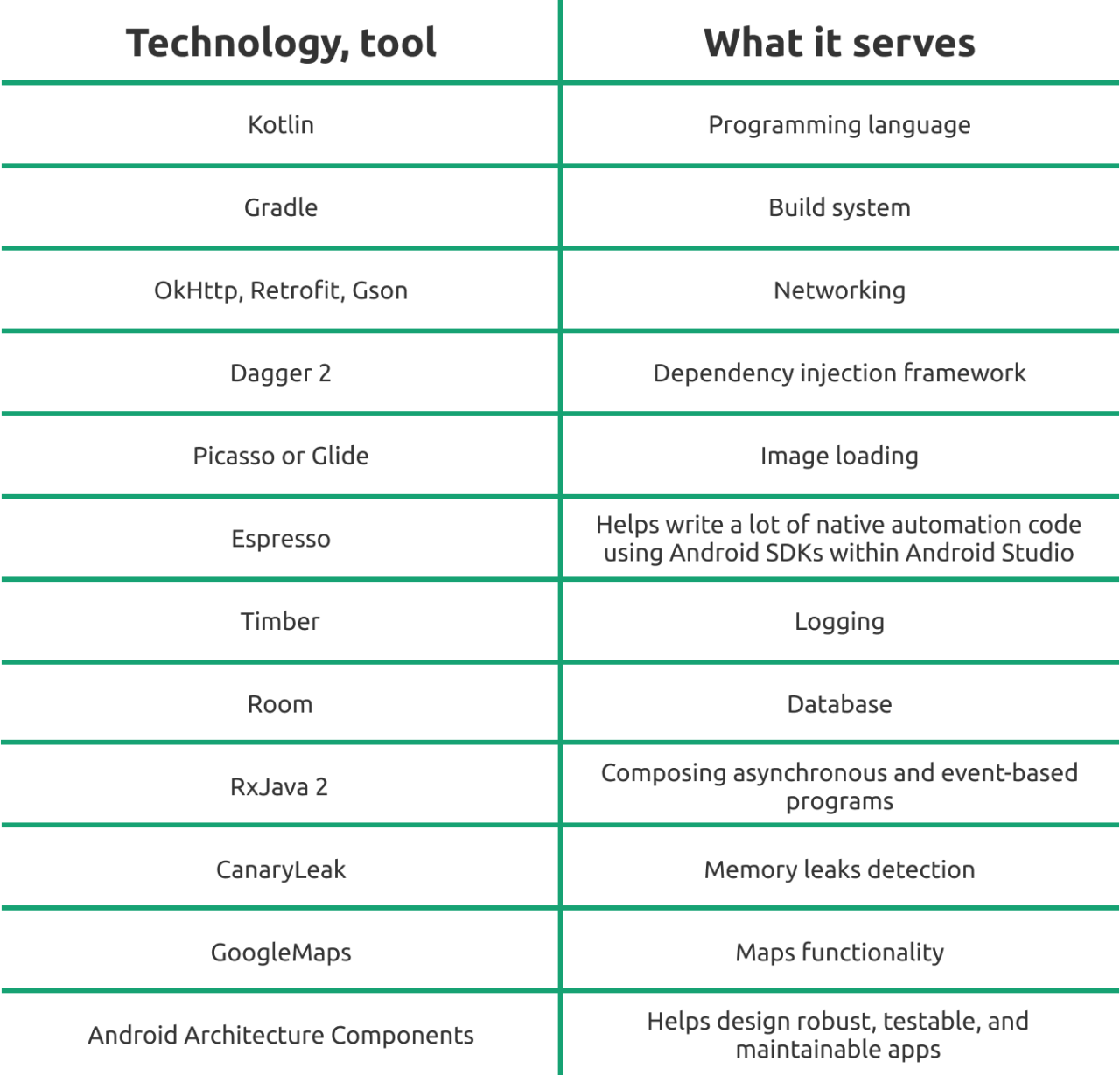
Cost to develop an app like Uber
What influences the cost of development?
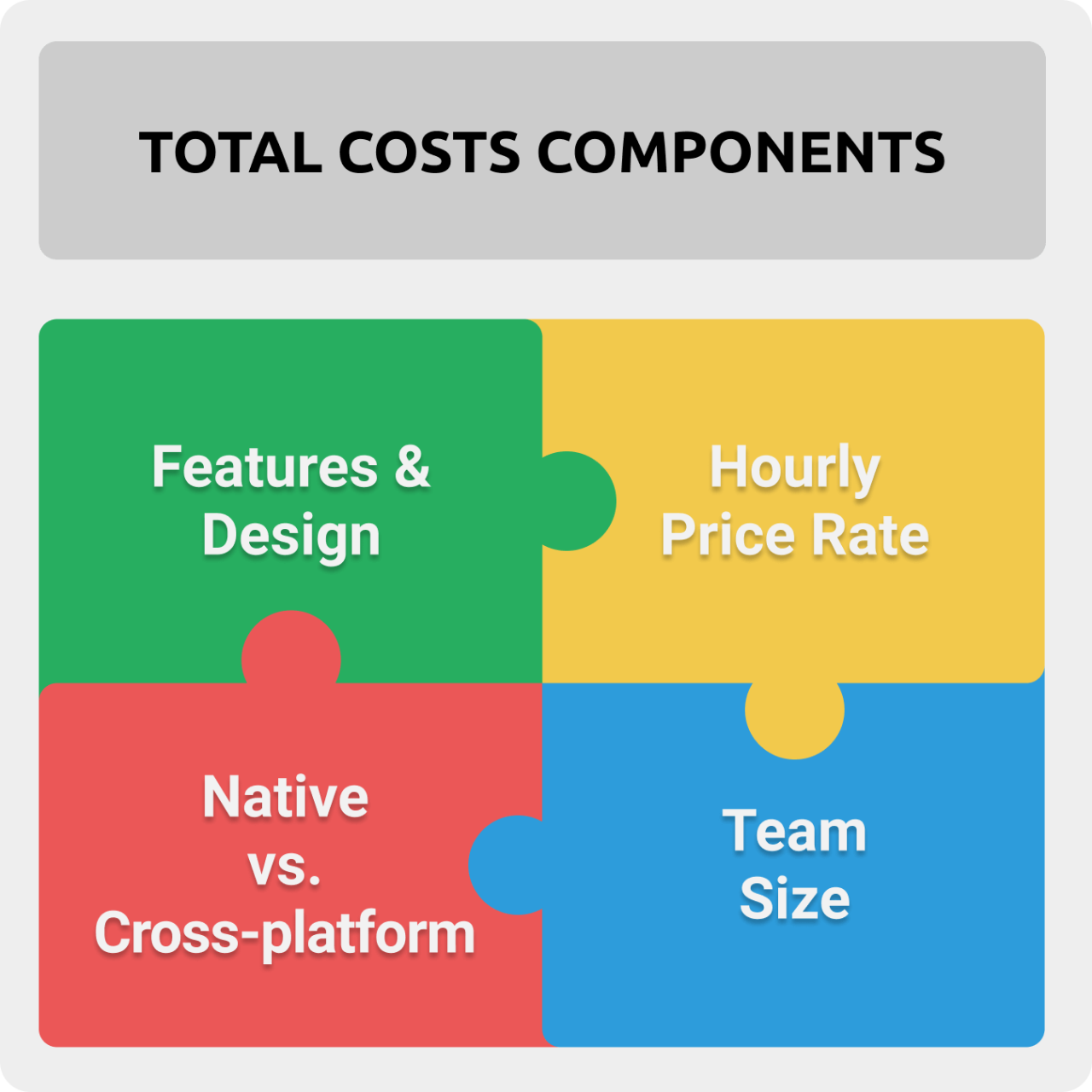
Every app starts with an MVP. Scaling up, the application should grow, and new features should appear. The more advanced the feature is, the more expensive its implementation. The cost of development differs depending on the region. Hourly rates vary from $15 to $300, so it is important to find a balance between cost and expertise. You should understand that smaller rates do not guarantee affordable deadlines. As you can guess, a bigger team means more expenses. But a big team means fast development. A basic team should include some specialists:
- Business analyst
- Project manager
- UX/UI designer
- Android/iOS developers
- Back-end developers
- QA engineer
- Admin panel manager
The cross-platform solution is cheaper, but it will not make the product competitive. If your budget is small for multiplatform native development, choose one platform. For example, if the launch is going to be held after Apple WWDC, think of building an iOS app first. Uber followed this principle and launched for iOS first because iPhone popularity was high.
Cost of a customer app
|
Feature |
Back end |
Android |
iOS |
|||
|
min |
max | min | max | min |
max |
|
| Registration and account |
$700 |
$1250 | $1000 | $1350 | $1300 |
$2100 |
| Order |
$4600 |
$8900 | $550 | $850 | $1750 |
$3000 |
| Ride |
$1650 |
$2850 | $400 | $1000 | $600 |
$1150 |
| Payment |
$1400 |
$2800 | $650 | $1300 | $500 |
$1000 |
| Menu |
$700 |
$1350 | $1200 | $2200 | $800 |
$1600 |
| Notifications |
$300 |
$600 | $250 | $400 | $100 |
$250 |
| Support |
$200 |
$400 | $300 | $500 | $200 |
$400 |
| Total |
$9550 |
$18200 | $4350 | $7600 | $5250 |
$9500 |
Cost of a driver’s app
|
Feature |
Back end |
Android |
iOS |
|||
|
min |
max | min | max | min |
max |
|
| Registration and profile |
$600 |
$1200 | $1250 | $1950 | $600 |
$800 |
| Location |
$1100 |
$1900 | $150 | $300 | $300 |
$950 |
| Orders |
$900 |
$1800 | $550 | $750 | $400 |
$800 |
| Ride |
$2100 |
$3600 | $1800 | $2850 | $700 |
$1450 |
| Notifications |
$300 |
$600 | $250 | $400 | $100 |
$250 |
| Support |
$300 |
$600 | $450 | $800 | $400 |
$800 |
| Total |
$5300 |
$9700 | $4450 | $7050 | $2500 |
$5050 |
Cost of admin panel
|
Feature |
Back end |
Front end |
||
|
min |
max | min |
max |
|
| Block/unblock users |
$400 |
$800 | $200 |
$400 |
| View comments |
$200 |
$400 | $200 |
$400 |
| Manage users |
$800 |
$1000 | $400 |
$800 |
| Manage promo codes |
$400 |
$800 | $400 |
$800 |
| Total |
$1800 |
$3000 | $1200 |
$2400 |
Additional costs
| Task |
min |
max |
| Project management |
$4225 |
$7725 |
| Quality assurance |
$15525 |
$28350 |
| Design |
$4750 |
$6250 |
| Total |
$24500 |
$42325 |
Conclusion
Thus, the service like Uber will cost you around $60,000–$100,000. If you still have questions on how to develop an app like Uber, feel free to contact us for help. Although it is not simple to compete with Uber, we can help you create a unique solution, find a niche in which to succeed, and occupy new markets.

 (10 votes, average: 4.60 out of 5)
(10 votes, average: 4.60 out of 5)

